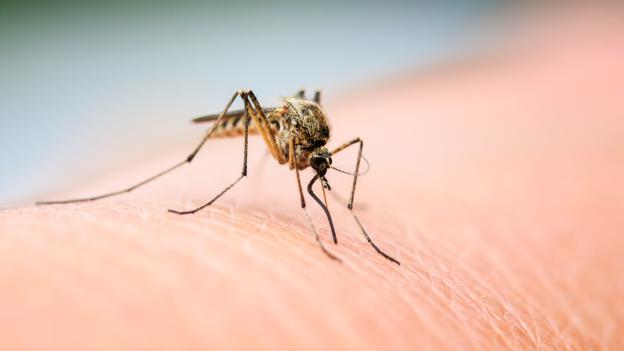
If you’re spending time outdoors in sunnier climes during their warmer months, there’s unfortunately an ever increasing risk that you’ll be infected with a disease spread by insects or ticks. That’s the major finding of a recent report by researchers at the Centers for Disease Control and Prevention. When they looked at the number of illnesses spread by mosquitoes, ticks, and fleas between 2004 and 2016, they found that cases had more than tripled.
Out of the 642,000 total cases of mosquito, tick, and flea-borne illnesses tracked in the 13-year study period, 77 percent were from ticks. And of those, 82 percent were cases of Lyme disease, a debilitating and still largely mysterious illness. Between 2004 and 2016, the researchers found, reported Lyme cases increased from 19,804 to 36,429. (But health officials think the real number of Lyme illnesses is closer to a huge 300,000 every year.)
And one reason Lyme cases have crept up is that Lyme season has been getting longer, as the geography in which ticks can thrive and survive has expanded. This at least is partially due to climate change, as the temperature of the climate is very important. As temperatures increase, the general tick population can move further north and expand their range as well as the length of time in which they are able to thrive - putting more people at risk for a longer period of time.
Lyme disease typically peaks in May through July, when the ticks that carry the disease are most active. But the number of places that are now deemed high-risk for Lyme has also increased by more than 320 percent since the late 1990s.
The illness can be quite tricky to diagnose, and can be dangerous. Lyme disease is caused by bacteria, Borrelia burgdorferi that are transmitted to humans through a bite from an infected black-legged or deer tick. Symptoms can occur anywhere from 3 to 30 days after the bite and can be wide-ranging, depending on the stage of the infection - from vomiting through to rashes and irritation. In some cases, symptoms can appear months after the bite. The chances you might get Lyme disease from a tick bite depend on the kind of tick, where you were when the bite occurred, and how long the tick was attached to you, the CDC says.
So, the best way to prevent Lyme disease at the moment is to keep an eye out for ticks, and keep them away from you using the proper repellent system.
Here are a few other things the CDC recommends doing to avoid tick bites and Lyme:
- When you’re spending time outdoors, especially in wooded areas, wear insect repellent like our range, and clothes that protect your skin.
- If the risk is particularly high, bathe after you’ve been outdoors, and check your body for ticks — including the back of your legs and your scalp where these pests often find themselves at home.
- Check your clothes and pets for ticks (they can carry around the insects, which could attach to you later). Clothes can go in the dryer for 10 minutes on high heat to eradicate the bugs.
- If you’re staying somewhere for a long time, make sure you keep the space around your home clean and minimize the areas where ticks can lurk — cut your grass, pick up your leaves, and make sure there are no rodents around.
The entire THEYE product range has been proven to offer complete protection for up to 6 hours after a single application against mosquitos, midges and other biting insects and will be instrumental in prevention of Lyme Disease whilst you travel. All of our products use a DEET free & alcohol-free formulation that is moisturising & kind to the skin and has a fresh smelling fragrance. Our products, such as the pump spray, are 100% effective to use in high and low-risk areas where Lyme Disease, Malaria, Chikungunya, West Nile Virus, Zika, Dengue and other insect transmitted diseases are present.
We also have a specific travel friendly offering - the Mosquito Repellent Micro Spray, £2.99. The micro spray is a very handy and practical product that offers the same insect repellent properties as the full sized products with around 6 hours+ repellency from a single application. A single spray bottle offers over 300 sprays and has a 20% Citriodiol formulation, and is a great addition to your suitcase when travelling to make sure you’re staying safe.
Find out more about THEYE and purchase our products over on the shop at: www.theye.co.uk
